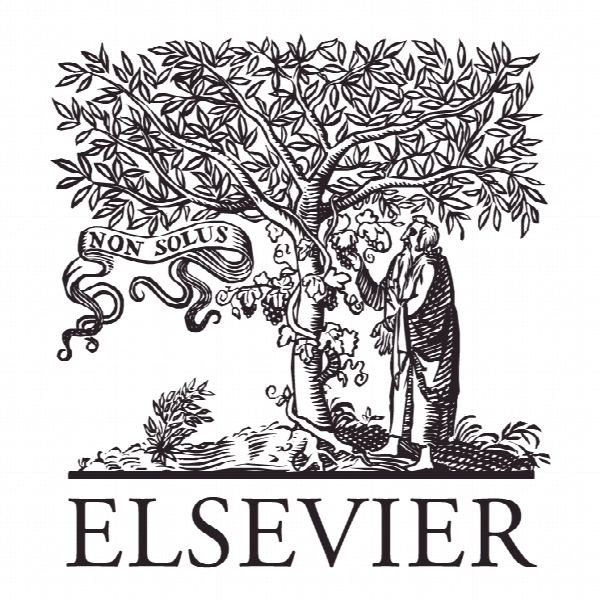اثرات موانع بر الگوهای نوآوری در شرکت های KIBS Impacts of obstacles on innovation patterns in KIBS firms
- نوع فایل : کتاب
- زبان : انگلیسی
- ناشر : Elsevier
- چاپ و سال / کشور: 2017
توضیحات
رشته های مرتبط مدیریت
گرایش های مرتبط بازاریابی
مجله تحقیقات بازاریابی – Journal of Business Research
دانشگاه دانشکده بازرگانی، لووال، کانادا
نشریه نشریه الزویر
گرایش های مرتبط بازاریابی
مجله تحقیقات بازاریابی – Journal of Business Research
دانشگاه دانشکده بازرگانی، لووال، کانادا
نشریه نشریه الزویر
Description
1. Introduction A large and still growing empirical literature investigates the factors that increase the propensity of firms to innovate and the intensity of innovation. By comparison, empirical studies on factors that impede innovation in firms are still very scanty. Improving our understanding of obstacles to innovation is important for theoretical and policy purposes (D’Este, Rentocchini, & Vega Jurado, 2014). First, a better understanding of obstacles to innovation would help improve theories explaining why some firms either do not innovate at all or do not engage more intensively in innovation. Second, providing better evidence would help devising policies to aid firms surmount obstacles, thus increasing the innovation propensity of non-innovative firms or the innovation intensity of innovative firms. The empirical literature on obstacles to innovation in manufacturing firms can be regrouped in two broad streams of studies. A first stream of research uses obstacles to innovation as dependent variables, and it focuses on the relationship between obstacles to innovation and various firm characteristics (Baldwin & Lin, 2002; D’Este, Iammarino, Savona, & von Tunzelmann, 2012; D’Este et al., 2014; Hölzl & Janger, 2011; Tourigny & Le, 2004). These studies document the importance of financial obstacles for manufacturing firms and show that perceived obstacles are more important for small than large firms, and that more innovative firms are more likely to assess obstacles as important. A second stream of studies uses obstacles as independent variables, and it attempts to show how the propensity to innovate or the innovation intensity is affected by various categories of obstacles (D’Este, Amara, & Olmos, 2016; Mancusi & Vezzulli, 2010; Mohnen & Röller, 2005; Savignac, 2008). The studies of this second stream of research show that financial obstacles have a strong and significant negative effect on the innovation propensity of manufacturing firms. Overall, the results of these two streams of research converge to highlight the importance of financial obstacles in impeding product and process innovation in manufacturing firms. However, a lack of empirical evidence is still prevalent about innovation in services in general (O’Cass, Song, & Yuan, 2013) and, more particular, about obstacles to innovation in service firms (Thakur & Hale, 2013). This article attempts to fill this gap by looking at a sample of Knowledge-intensive business services (KIBS) firms. The ultimate aim is to show how different obstacles affect the capacity of KIBS to innovate. To do so, we build and extend from the second stream of research on obstacles to innovation in order to argue that in KIBS firms, the propensity to innovate should take into account not only product and process innovations, but also delivery, strategic, managerial, and marketing innovations (den Hertog, van der Aa, & de Jong, 2010). Furthermore, we argue that different obstacles will affect different forms of innovation.


